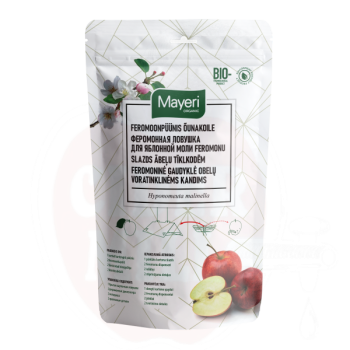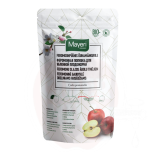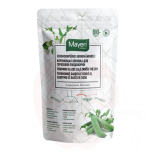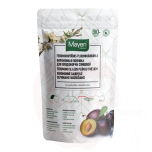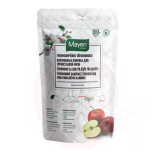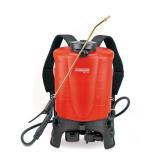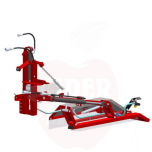Pheromone trap apple damager/moth
![]() Professionals recommend - producers prefer!
Professionals recommend - producers prefer!
EAN: 4740060005367
Brand: Mayer
Unit: tk
Stock qty: 51
Leveranstid inom Estland för lagervaror ca 3-5 arbetsdagar. OBS! På grund av den snabba prisökningen kan priser för icke-lagervaror ändras utan föregående meddelande! Standardpriser med 22% moms.
179,00 €/Kg
Apple Moth Pheromone Trap - Effective Solution for Apple Orchards
Kit includes:
- 1 covered cardboard trap
- 2 pheromone capsules
- 2 sticky bases
- 2 fastening elements
Overview of Apple Moth (Argyresthia conjugella)
Apple moth is a small light-colored butterfly with a wingspan of 10-15 mm. Larger specimens live on apple trees and smaller ones on rowan trees. Moths are active at dusk in warm and windless weather.
Damage and Life Cycle
Female moths lay up to 40 eggs on apples, rowan berries, or hawthorn berries. Larvae hatch after 10-14 days and penetrate the fruits. The feeding period lasts about a month, after which the larvae descend to the ground and pupate in soil or under tree bark.
Trap Installation
1. Fold up the ends of the trap base
2. Place the sticky base adhesive side up
3. Place the pheromone capsule in the center of the sticky base
4. Attach the trap to a branch using included parts
Installation Recommendations
- Place the trap horizontally on the south or west-facing branch of the apple tree
- Installation height: 2-3 meters from ground
- Avoid direct sunlight
- One trap needed per mature tree
Trap Maintenance
Check the trap weekly. Replace the sticky base when it becomes dusty or covered with insects. Replace pheromone capsule and sticky base in second half of July during longer flight periods.
Storage and Cleaning
Store unused pheromone capsules in a cool place in sealed packaging. Use white spirit or cooking oil to remove adhesive from hands. The trap body can be reused next season for the same insect species.
Control Effectiveness
Noticeable reduction in damage is achieved after 2-3 years of consistent use. Continued use of traps is recommended to maintain pest population control.
Keywords: apple moth trap, pheromone trap, pheromone capsule, sticky base, apple tree pests, insect control, apple orchard, rowan pests
| Weight (kg) | 0.050000 |
| High (m) | 0.03 |
| Width (m) | 0.17 |
| Length (m) | 0.27 |
Pea moth pheromone trap is an ecological solution to protect peas from pests. In small gardens, 2-3 traps per pea bed are sufficient. In larger fields, place traps 20 meters apart around the perimeter and several in the center.
Trap Features and Usage
The pheromone trap consists of a plastic housing, sticky base, and pheromone capsules. The device attracts pea moth butterflies that get stuck on the sticky base. With the trap you can detect pest presence in the garden, assess pea moth population, and reduce pest population.
Installation and Maintenance
To install the trap: Bend up the ends of the trap's bottom surface. Place the sticky base with adhesive side up. Place the pheromone capsule in the center of the sticky base. Attach the trap to a branch using included parts.
Package Contents
Package includes: 1 plastic trap, 2 pheromone capsules, 2 adhesive sticky bases, 2 attachment parts.
Pea Moth Description and Life Cycle
Pea moth butterflies have a 12-16 mm wingspan, are gray or brown with yellow side markings. Caterpillars are 6 mm long, white or yellow with dark heads. Pests are active from July to August when they feed on pea pods.
Note! To remove adhesive from hands, use white spirit or cooking oil. Store spare capsules in a cool place in sealed packaging.
.png)
